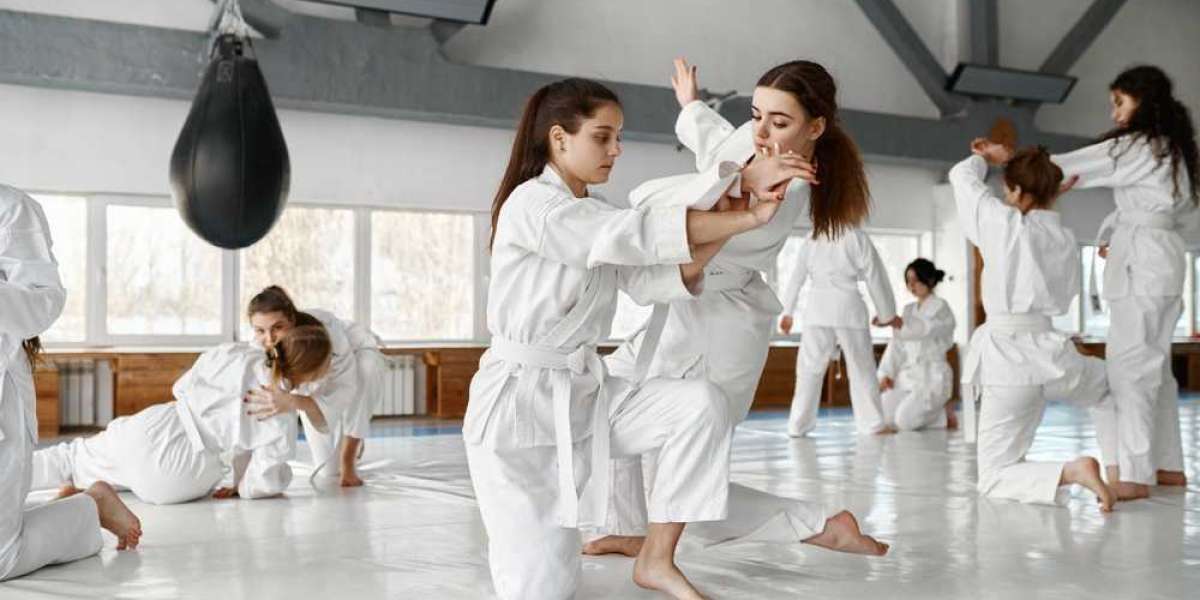Martial arts have a rich and diverse history, tracing their roots through various cultures and spanning centuries of development. From ancient battlefields to modern-day dojos, martial arts have evolved significantly, adapting to cultural changes and societal needs. This article delves into the fascinating history and evolution of martial arts across cultures, highlighting their journey from ancient origins to contemporary practices.
Ancient Beginnings
The origins of martial arts can be traced back to ancient civilizations, where they were developed primarily for self-defense and military purposes. In ancient China, martial arts began to take shape during the Xia and Shang dynasties. Early forms of Chinese martial arts were heavily influenced by the need for hand-to-hand combat skills in battle. Techniques were often passed down through generations within warrior families and military training camps.
Similarly, in ancient India, the practice of Kalaripayattu emerged around 3,000 years ago. Considered one of the oldest fighting systems in existence, Kalaripayattu combines strikes, kicks, grappling, and weaponry. It also incorporates elements of yoga and Ayurveda, highlighting a holistic approach to physical and mental well-being.
Evolution in East Asia
East Asia has been a significant hub for the development and evolution of martial arts. In China, the Tang Dynasty (618–907 AD) saw the rise of Shaolin Kung Fu, a discipline that became legendary for its rigorous training and spiritual focus. The Shaolin monks combined martial arts with Zen Buddhism, creating a unique system that emphasized discipline, meditation, and physical prowess.
Japan's contribution to martial arts is equally profound. The samurai culture during the feudal era gave birth to various martial arts forms, such as Jujitsu, Kendo, and Kyudo. The Edo period (1603–1868) was particularly significant, as it saw the formalization of many martial arts schools and the development of Budo, a philosophy that emphasizes the way of the warrior, combining physical training with moral and ethical development.
The Spread to the West
Martial arts began to spread to the Western world during the late 19th and early 20th centuries, often through cultural exchanges and immigration. Judo, developed by Jigoro Kano in the late 19th century, was one of the first martial arts to gain international recognition. Kano's emphasis on physical education, sport, and self-improvement resonated with Western audiences, leading to the establishment of Judo schools in Europe and the Americas.
The mid-20th century saw a surge in popularity for martial arts in the West, largely due to the influence of iconic figures such as Bruce Lee. Lee's philosophy of Jeet Kune Do and his charismatic presence in films introduced martial arts to a global audience, sparking widespread interest and leading to the establishment of numerous martial arts schools.
Modern Developments
In contemporary times, martial arts have continued to evolve, adapting to the needs and interests of modern practitioners. Mixed Martial Arts (MMA) has emerged as a popular sport, combining techniques from various martial arts disciplines such as Brazilian Jiu-Jitsu, Muay Thai, and Boxing. MMA competitions showcase the effectiveness of different martial arts styles in a competitive setting, highlighting their versatility and adaptability.
Moreover, the practice of martial arts for adults has gained significant traction. Adults are increasingly turning to martial arts not only for self-defense but also for physical fitness, stress relief, and personal development. The structured training, mental focus, and community aspect of martial arts make them an appealing choice for adults seeking a holistic approach to health and wellness.
Conclusion
The history and evolution of martial arts across cultures is a testament to the enduring appeal and adaptability of these ancient practices. From their origins in ancient civilizations to their modern-day applications, martial arts have continuously evolved, reflecting the cultural, societal, and individual needs of their practitioners. Whether for self-defense, physical fitness, or personal growth, martial arts for adults offer a unique and enriching experience, rooted in centuries of tradition and innovation.







